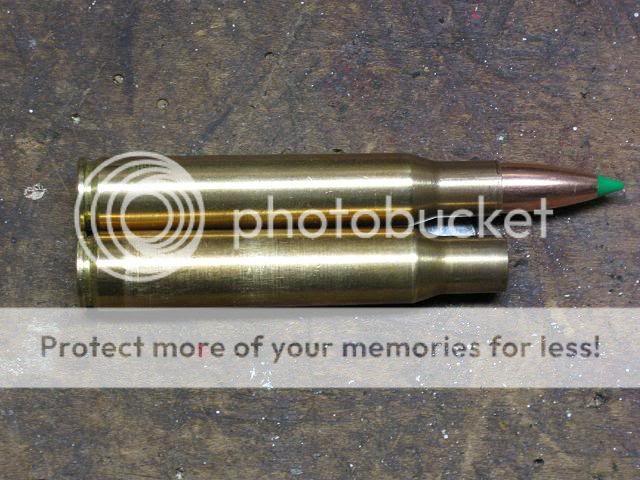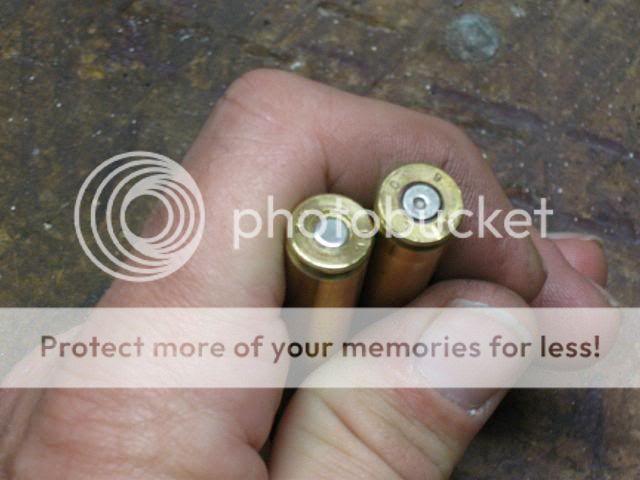WEATHERBY460
Well-Known Member
I am reloading for large calibers and would like to know how do I tell if a rifle case is unsafe to reload for again?
Thanks I would love pics.
Thanks I would love pics.
 Help Support Long Range Hunting Forum
Help Support Long Range Hunting Forum
I am reloading for large calibers and would like to know how do I tell if a rifle case is unsafe to reload for again?
Thanks I would love pics.


I measure how much thinning there is at the bottom of the case wall. I have learned that with my 270WSM that @ .010 of thinning I have one shot left, when I resize for the next loading a definite crack will show. It has proven to be very reliable for my casings, both the Norma and the Win brass showed the signs of eminent failure at the same thickness, Rem brass only shows .002 thinning in more than 2x the firings so no failures there.
I measure how much thinning there is at the bottom of the case wall.